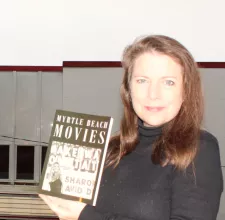Step Back in Time: The Magical Stories of Myrtle Beach Christmas Past
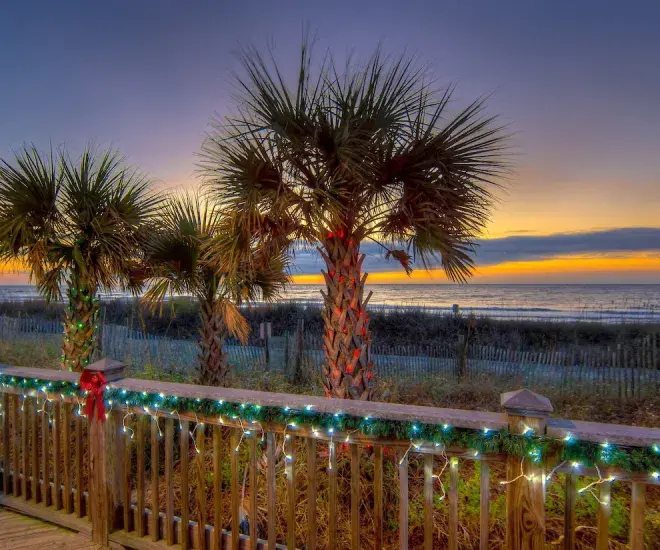
The holidays along the Grand Strand have always been something special.
While today’s Myrtle Beach sparkles with light shows, live music, and festive fun, this stretch of the Carolina coast has been celebrating Christmas in its own unique way for more than a century.
From the laughter of downtown Myrtle Beach to the candlelight of Hobcaw Barony, the season here has always been filled with stories that connect the past and present.
Here are a few of my favorites about the holiday season in Myrtle Beach:
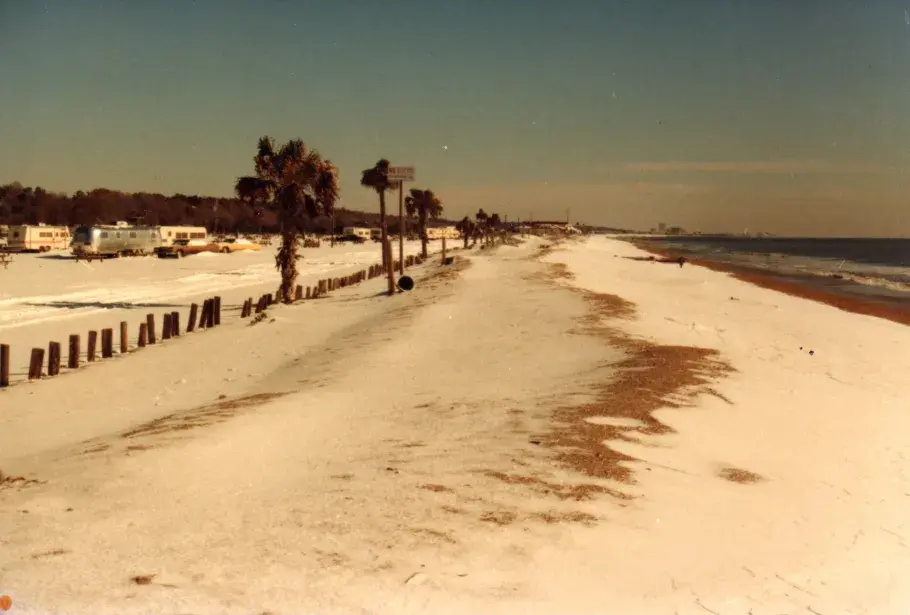
White Christmas on The Beach
For longtime locals, few holiday memories shine brighter than Christmas 1989 — the year Myrtle Beach was blanketed in snow. It was the first white Christmas most of us had ever seen, and the last one since.
Snow fell steadily through Christmas Eve and Christmas Day, covering the Grand Strand in a soft white shimmer that transformed the beach into something out of a holiday card.
Children built sand-snowmen, palm trees dusted with snowflakes lined Ocean Boulevard, and families took photos that would become cherished keepsakes for decades to come. It was the talk of every household and is still remembered fondly as one of the most magical Christmases in local history.
A Christmas Past in Downtown Myrtle Beach
In the heart of the Arts & Innovation District, Myrtle Beach’s new historic downtown, stands Nance Plaza, a gathering place that glows each holiday season with garlands, bows, and a sparkling fountain backdrop perfect for family photos.
The plaza’s namesakes, Mr. and Mrs. Nance, helped build Myrtle Beach from the ground up. In a 1965 interview, Mrs. Nance recalled what Christmas was like here around 1900, when snow-covered holidays were surprisingly common.
The family’s holiday feast came straight from their farm — homegrown sweet potatoes, rice, biscuits, and pork — with homemade cane syrup for cakes and cookies. Fresh fruit was a winter luxury, and she fondly remembered her father splurging on barrels of apples and crates of oranges for Christmas morning.
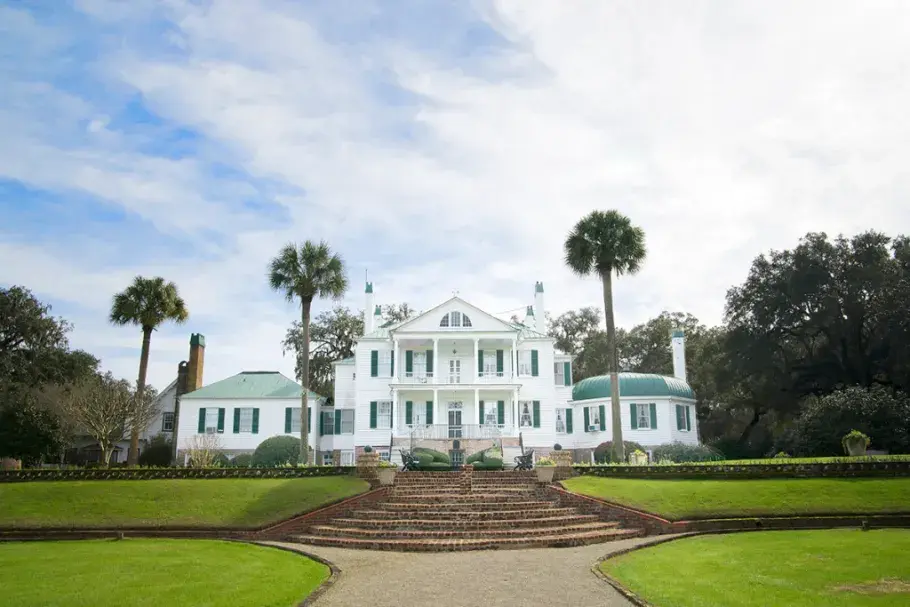
Holiday Homes and Plantation Traditions
Further south, Christmas on the Grand Strand was no less festive.
Plantation homes were dressed in natural greenery such as cedar, pine, smilax, and holly, with their fresh scent filling grand rooms and sweeping porches. Wealthy Northern families who had purchased former rice plantations by the early 20th century decked their restored estates with both nature’s beauty and store-bought finery.
While many of those historic homes are now private or gone, visitors can still step into that era with a trip to Hobcaw Barony in Georgetown.
The current house, built after a fire destroyed the original, once hosted guests like Franklin D. Roosevelt and Winston Churchill. During the holidays, it’s adorned with greenery and decor collected from the grounds, thanks to the local Garden Club.
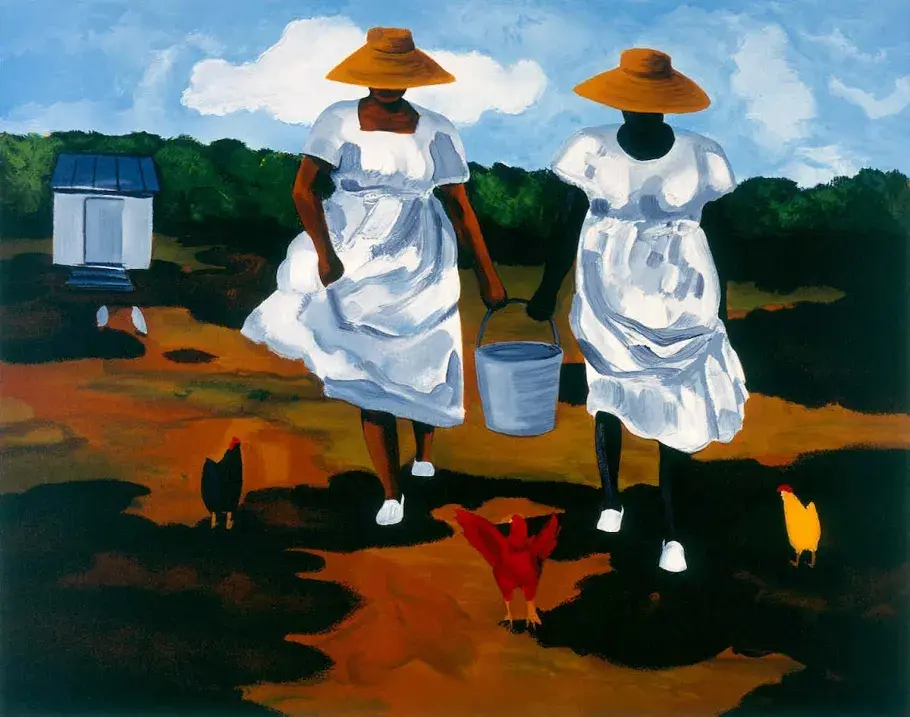
A Song Saved by History — and Friendship
One of Hobcaw’s longtime historians, Lee Brockington, has shared countless local traditions with visitors over the years. One of her most treasured discoveries is a song called “Gullah Jingle Bells,” or “Row de Bote.”
Written in Gullah, the language created by enslaved Africans who blended African dialects with English and other languages, the song celebrates Christmas through a Lowcountry lens.
Lee first found the lyrics decades ago while babysitting for the Mood family in Columbia, South Carolina. Taped to their refrigerator was a handwritten note that read, “Jingle Bells in Gullah. Have the children memorize this.”
She copied it word-for-word and has taught it to generations of schoolchildren and adults since. Scholars believe it may have been penned by Julia Mood Peterkin, South Carolina’s only Pulitzer Prize-winning author, known for her groundbreaking portrayals of Gullah life in novels like Scarlet Sister Mary.
Row de Bote
A Gullah Christmas Classic
(Sung to the tune of “Jingle Bells”)
CHORUS
Row de bote
Row de bote
Row um up de bay
Hurry, Sandy¹, do’ be late
Tuhmorra Christmas day.
Rowin’ tru de maash
‘Een e leaky ole batto
Yukkum Sandy up de crick
Wif de gif’ fuh me an’ moe.
Oh de watuh e am ruff
An’ de bote e fillin’ up
But Sandy keep him berry dry
Wid duh good ole bailin’ cup
(CHORUS)
Oh de icetyuh rock² dem shaap
An’ de ebb tide guinin’ out
So Sandy stay fum de bank
An’ don’ git turned about.
Wen de nite him berry daak
Keep yuh eye peel fuh de ghos’
An’ de plat-eye³ by den ben’
Way dey daak e stay de mos’.
(CHORUS)
So Sandy row de bote
Mek dem ooh blade⁴ spin
An’ we git up fo’ day lite clean⁵
Tuh see if yuh cum in.
(CHORUS)
Notes
- Sandy: Refers to Santa Claus.
- Icetyuh rock: Oyster shells.
- Plat-eye: A shape-shifting spirit from Gullah tradition that rises like mist and takes the form of humans or animals to lure victims into the woods.
- Ooh blade: Refers to oars.
- Day lite clean: Sunrise or early morning light.
Where Literature and Legend Meet
Peterkin’s work was inspired in part by her time spent in Murrells Inlet at Sunnyside, her family’s coastal home near Brookgreen Gardens. There, she wrote vivid stories set on “Blue Brook Plantation,” a stand-in for the real Brookgreen Plantation she once owned.
Her writing captured African American life during Reconstruction with empathy and insight — so much so that W.E.B. Du Bois praised her for “seeing beauty and knowing truth.”
It’s no wonder, then, that Lee Brockington — who once babysat the Mood family, Peterkin’s descendants — still carries on the legacy of blending storytelling, history, and heart.
As Lee says, “Could it be that a simple handwritten song on a refrigerator helped preserve a piece of South Carolina’s soul?”
